BBC Documentary about Wolfgang Saus’ Overtones in the MRI Tube
/0 Comments/in Music & medicine, Overtone Singing/by Wolfgang SausAt the moment you can download the German version of the BBC documentation, e.g. with Mediathekview, from the ZDF Mediathek: 4th Episode, Wonders of Anatomy – Medical Record X – Borderline Cases of Science.
Note: Video and link currently only work from Germany.
Surgeon Gabriel Weston has spent many years studying the functioning of the human body. In the series «Incredible Medicine: Dr Weston’s Casebook» she presents people from all over the world with the most unusual bodies and abilities.
One of them is the unique body control required for overtone singing (from 10:40 min.). In November 2016, a film team from BBC Science Production, Emma Hatherley (production, direction) and Alexis Smith (camera), produced a film at the Institute of Music Medicine at the University Hospital of Freiburg with Prof. Bernhard Richter and Wolfgang Saus.
Live images from the magnetic resonance tomograph show the complex motion sequences in the mouth and throat that are involved in overtone singing. Interviews explain the scientific background of the phenomenon.
Pictures of the Making-of
Links
Can you hear the melody? – Take the Hearing Test
/37 Comments/in Music & medicine/by Wolfgang SausIn just 3:20 minutes, this listening test opens your ears to a new dimension of hearing that only around 5% of musicians are aware of: overtone listening. This ability is essential for learning overtone singing. And it is a prerequisite for the practical realisation of vocal and choral phonetics.
New Videos
In 2004, a research group led by Dr Peter Schneider at Heidelberg University Hospital discovered that people perceive sounds differently depending on which hemisphere of the brain is responsible for processing the sound. They developed the Heidelberg Hearing Test to find out whether someone tends to perceive fundamental tones or overtones in a sound. →You can take the Heidelberg test here
My hearing test is different. It tests whether someone is more likely to recognise vowels or overtones in a sound. In the second part, it teaches you to shift the threshold between vowel and overtone perception in favour of the overtones.
Saus’ Hearing Test
Relax and listen to the first sound example. I am singing a series of meaningless syllables on a single note. If you recognise a well-known classical melody in it, then congratulations, you have a pronounced overtone hearing and are one of the 5% of people who have this perception spontaneously.
Sound example 1
If you can’t hear the melody, don’t worry. At the end of the listening test you will hear the overtones.
In the next sound examples, I remove more and more sound information from the voice, which the brain interprets as part of speech. Next, I sing the syllables by changing only the 2nd vowel formant. I keep the first one unmoved in a low register. The syllables then only contain Ü sounds, the melody now becomes clearer for some.
Sound example 2
If the melody is now clear, congratulations. At this point 20-30% hear the melody. But maybe you only sense the melody and don’t know whether you are imagining it. Trust your imagination. After all, your hearing picks up the melody, but a filter in your consciousness tells you that the information is not important. Speech recognition is much more important.
I want to reveal the melody at this point: It is “Ode to Joy” from the 9th Symphony by Ludwig van Beethoven. In the next sound example, I whistle it tonelessly. This will help your brain learn what to listen for. Afterwards, listen to sound example 2 again.
Sound sample 3
Is it easier now? If not, listen to the next example.
In sound example 4, I leave out the consonants. Now Broca’s centre, the brain region for speech recognition, has nothing more to do and passes the auditory attention on to other regions.
Sound example 4
Now about 60-80% are on board. If you can’t hear the melody here, you are probably categorised as a fundamental listener in the Heidelberg hearing test. This has nothing to do with musicality. You are in the company of some of the best flutists, drummers and pianists.
In the next example, I completely defamiliarise the sound. I lower the third formant by 2 octaves with a special tongue position until it reaches the same frequency as the second. This creates a double resonance that does not occur in the German language.
Sound example 5
The technique is called overtone singing. The ear now lacks information from the usual vocal sound and individual partials become so loud due to the double resonance that the brain separates the sounds and informs your consciousness that these are two separate tones.
You will probably now hear a flute-like melody and the voice. Overtone singing is an acoustic illusion. In fact, you are hearing more than 70 partials. Physical reality and perception rarely coincide.
In the last sound example, I go all the way back to the beginning. Try to keep your focus on the melody the whole time. Listen to sound example 6 more often, it trains your overtone hearing and makes you more aware of the sound details.
Sound sample 6
Our reality is created within ourselves. And it can be changed.
Test Your Rhythm Feeling
/0 Comments/in Music & medicine/by Wolfgang SausOn ConcertHotels you will find a test that measures your precision of rhythm feeling. Take the test first. Then try singing overtones while you’re doing the test and write your results in the comment below if you like. I look forward to it.
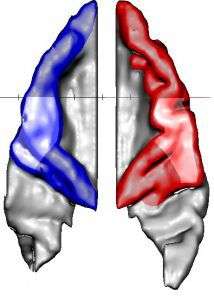
Enlarged right auditory cortex, Wolfgang Saus.
Overtones are usually sung slowly and meditatively, rarely fast and rhythmically (there are exceptions). Overtone singers process sound more in the right hemisphere, drummers more in the left, says Dr. Schneider from Heidelberg University Hospital. Test here how your brain processes sounds.
Is that one of the reasons? An interesting question that has not yet been examined. I suspect that focusing on overtones, at least for the untrained, draws attention away from rhythm.
In my advanced courses, I experience that at first the intonation and sound quality of the keynote suffers when the focus goes entirely to the overtones. Conversely, concentrating on the keynote causes a poorer overtone quality or even complete loss of control of overtone singing. I can immediately recognize from the sound what a student is concentrating on.
If you want to sing polyphonic overtones, i. e. a fundamental melody and an independent overtone melody at the same time, then both tones must receive equal attention. I have developed special exercises for this purpose, which improve the clean control of both notes after a few hours. It would be interesting to examine whether these exercises have an effect on the feeling of rhythm. I will do the rhythm test in my courses as a before-and-after comparison. I’m curious to see what happens.
What are your experiences with rhythm and overtones?
Test: Are you an overtone or fundamental listener?
/176 Comments/in Music & medicine/by Wolfgang SausDo now also the new hearing test by Wolfgang Saus!
The effect of overtones in the brain seems to be of great interest. That’s why I would like to introduce the corresponding hearing test here. Dr. Schneider, the head of the study, provides on his website a hearing test developed by him, with which I have been testing my Masterclass students for years in order to develop an individual and optimal learning strategy for everyone.
This short test plays a series of tone pairs in which you are asked to decide spontaneously whether the second sound feels higher or lower than the first. At the end you get an evaluation of the degree to which you are fundamental or overtone listener, i. e. whether your hearing processes the sound more in the left brain half (fundamental listener) or more in the right brain half (overtone listener). If you are interested in the background of the work of the Heidelberg researchers, you can download the specialist article here.
On some computers this alternative link seems to work better:
Feel free to leave your score below in the comments. I’m curious to see how overtone singers perform. I’ll let you know my result as soon as the first comments come in. Then in another post I’ll show you what’s behind the sounds of the test.
Sources & Links
How Your Brain Handles Overtones
/0 Comments/in Music & medicine/by Wolfgang SausWhy One Plays Violin and the Other Cello
First published at Universitätsklinikum Heidelberg on 21.08.2005 (Repost with kind permission)
The ability to perceive fundamental and overtones is anchored in the brain / Scientists from Heidelberg publish a study of orchestral musicians in “Nature Neuroscience”
→ Here you can do the Heidelberg listening test yourself
The same sounds can be perceived very differently by different people. The cause resides in the brain. Because the sound of a tone depends on structures in the cerebrum: Those who hear more overtones and thus rather long-lasting, deep sounds have more neuronal cell substance in the hearing centre of the right cerebral cortex, the so-called Heschl’s gyrus (transverse temporal gyrus). Those who hear the root more strongly or prefer short, sharp tones show this characteristic in the left half of the brain.
These are the results of a study published on August 21, 2005 as an online publication of “Nature Neurosciences” and in the September print edition . Scientists from the Department of Biomagnetism at the Neurological University Hospital in Heidelberg, together with colleagues from the Universities of Liverpool, Southampton and Maastricht, examined a total of 420 people, the majority of whom were music students and orchestra musicians.
Musicality independent of hearing type / connection with rhythm recognition
Extensive listening tests were used to determine whether the test persons belonged to the group of “fundamental listeners” or “overtone listeners“. (For each natural tone, a multitude of higher tones are produced in addition to the fundamental tone, which determines the pitch. These overtones complement the frequency spectrum of a tone and give it its individual timbre.) In 87 subjects from both groups, additional brain structures were visualized in the magnetic resonance tomogram and their functions were measured with magnetoencephalography (MEG). MEG is a very sensitive method for measuring brain activity. It measures low magnetic fields generated by active nerve cells in the cerebral cortex.
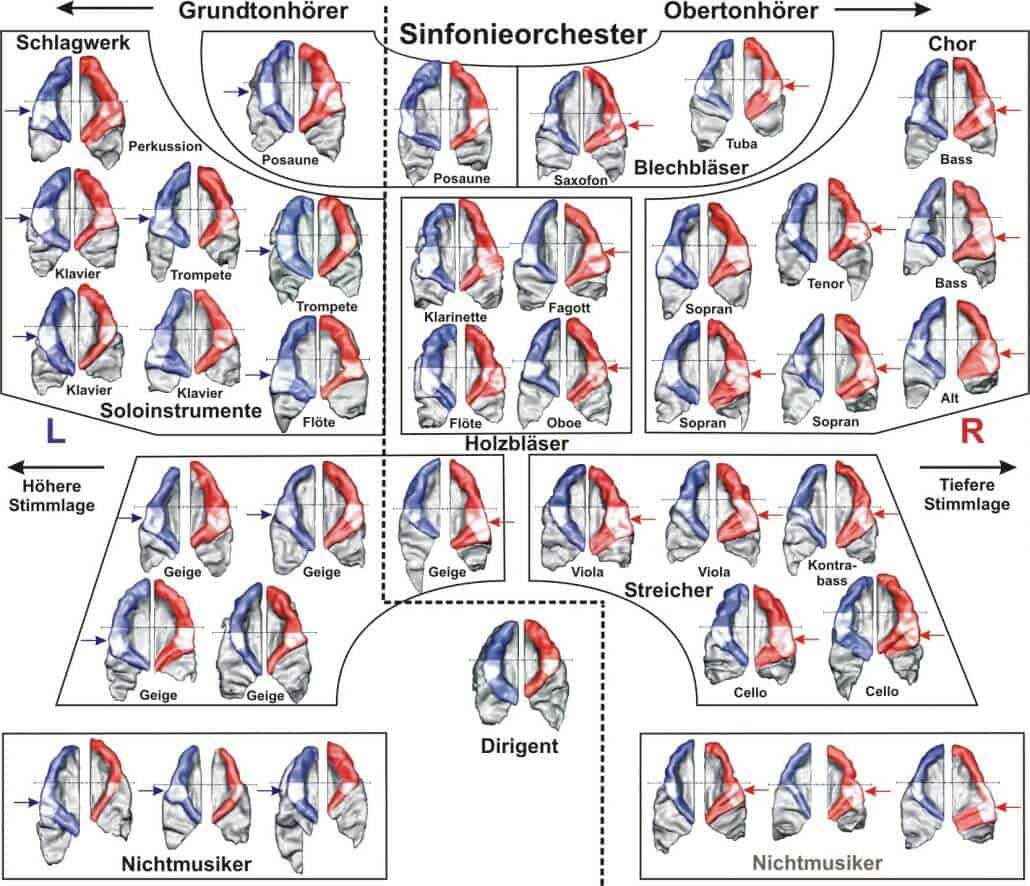
Overtone and fundamental pitch listeners in the orchestra (c) Neurological University Hospital Heidelberg
The Heidelberg study has shown that the seating arrangement in a modern symphony orchestra follows the individual ability of sound perception, which is anchored in the left or right hemisphere of the brain. Fundamental listeners with high instruments (e.g. violin, flute, trumpet) are located to the left of the conductor and overtone listeners (e.g. viola, cello, double bass, bassoon, tuba) to the right. Image source: Neurological University Hospital Heidelberg
“These two types of hearing also exist among non-musical people,” explains Dr. Peter Schneider, physicist, church musician and MEG specialist in the Heidelberg research group. However, the processing of music is also linked to the ability to hear the fundamental or overtones.
“Overtone listeners can perceive long-lasting sounds and tones better,” says Schneider. This ability is located in the right hearing center. The fundamental listeners, on the other hand, stood out due to a more virtuoso playing technique and better processing of complex rhythms, which is linked to the faster processing in the left hearing centre.
Singers and cellists are “overtone listeners”.
Orchestral musicians have also selected their musical instrument according to their listening type, according to another study recently presented by Dr. Schneider at a specialist congress. Fundamental listeners prefer drums, guitar, piano or high melodic instruments, overtone listeners prefer deep melodic instruments such as cello, bassoon or tuba. Singers also belong to this group.
Musicality has nothing to do with the types of hearing, but it can also be found in the brain structures. In a publication in August 2002, again in “Nature Neuroscience”, Dr. Schneider and his colleagues from Heidelberg have already discovered that professional musicians have more than twice as much brain mass in the primary hearing centre as non-musical people. In addition, as MEG measurements have shown, their brains react more strongly to sounds.
For further information please contact:
Dr. Peter Schneider
E-mail: [email protected]
Further information on the Internet:
www.idw-online.de/pages/de/news51506
www.klinikum.uni-heidelberg.de/index.php?id=5503
Image source: Neurological University Hospital Heidelberg
Sources
Upcoming Events
Latest News
 Overtone Slider and Other Teaching Material1. April 2020 - 21:31
Overtone Slider and Other Teaching Material1. April 2020 - 21:31
 Of Overtones and Love Messages: How a Video Redefines the Boundaries of Vocal Control14. February 2024 - 14:02
Of Overtones and Love Messages: How a Video Redefines the Boundaries of Vocal Control14. February 2024 - 14:02 How Overtones Harmonize Your Brain27. January 2024 - 23:30
How Overtones Harmonize Your Brain27. January 2024 - 23:30
Wolfgang Saus
Hirschbach 1
91602 Dürrwangen
Deutschland
Tel.: +49 163 6237866
[email protected]


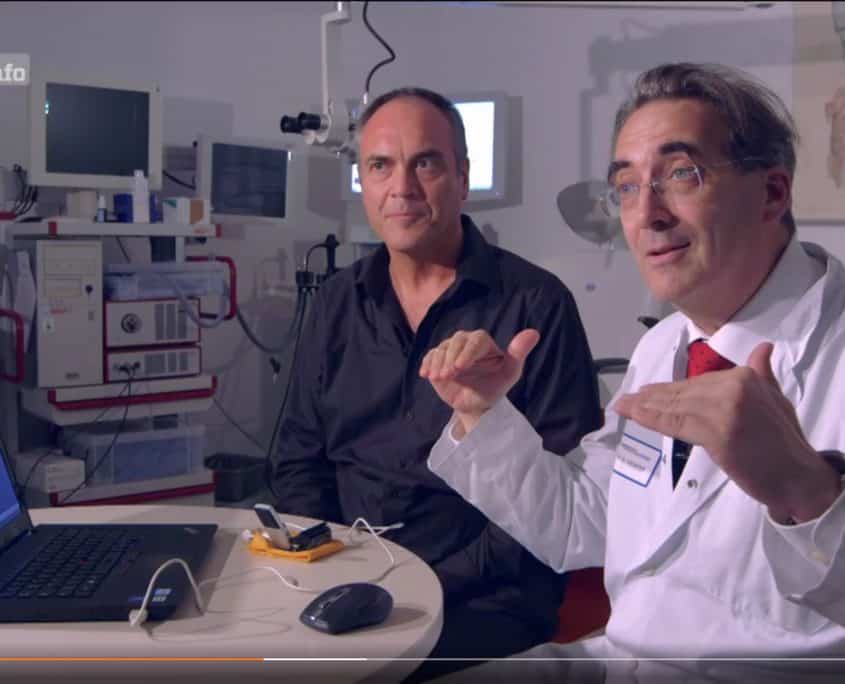

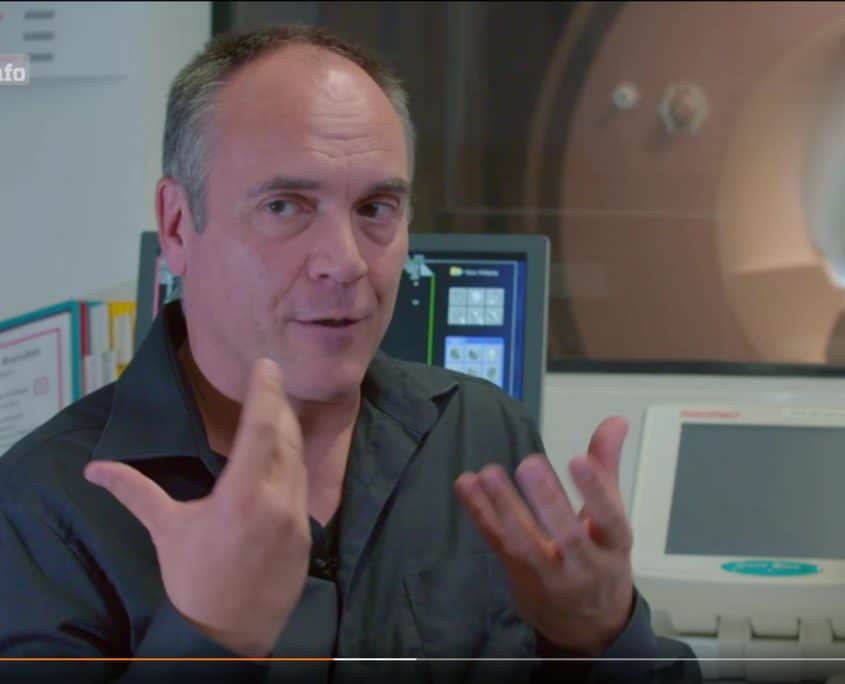

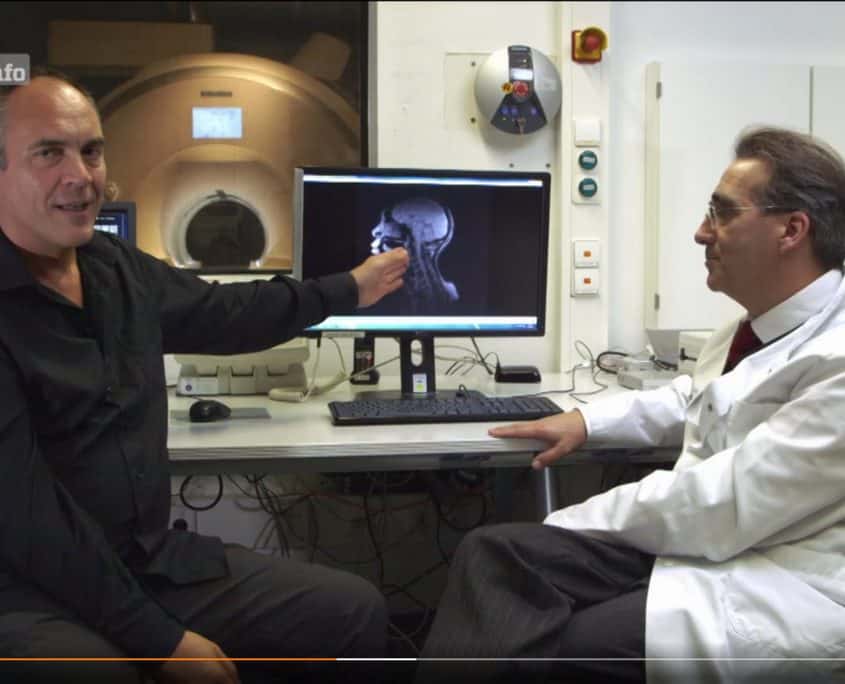
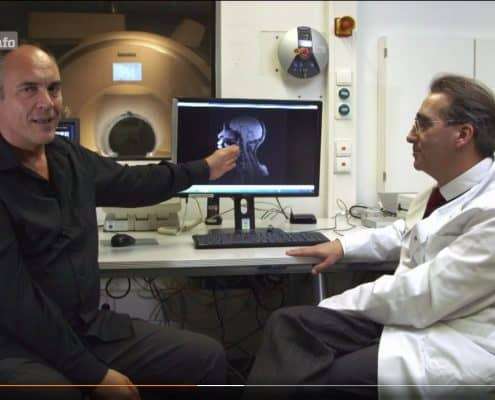


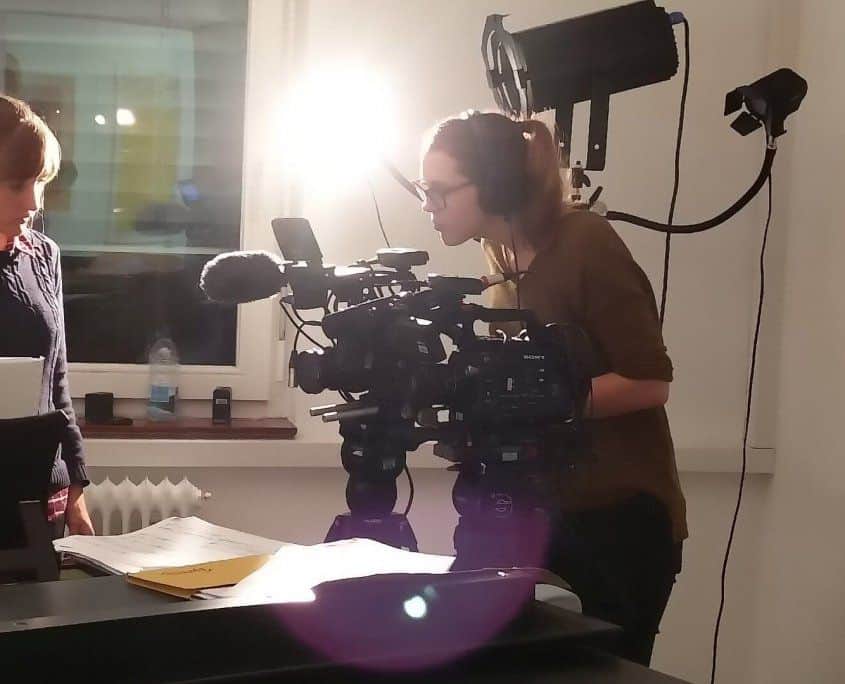
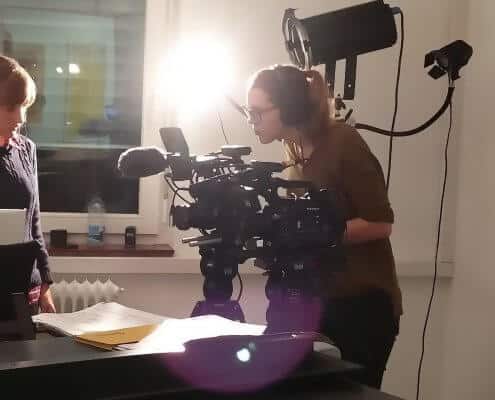
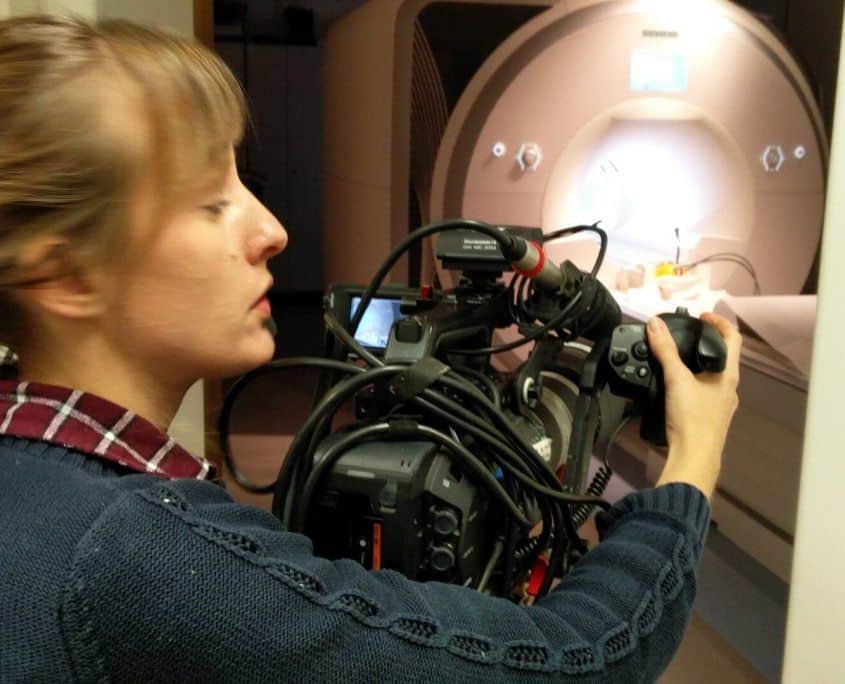
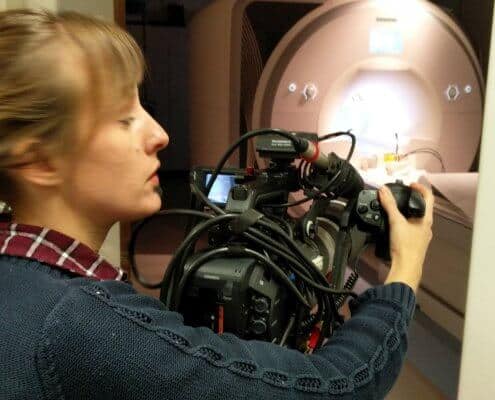
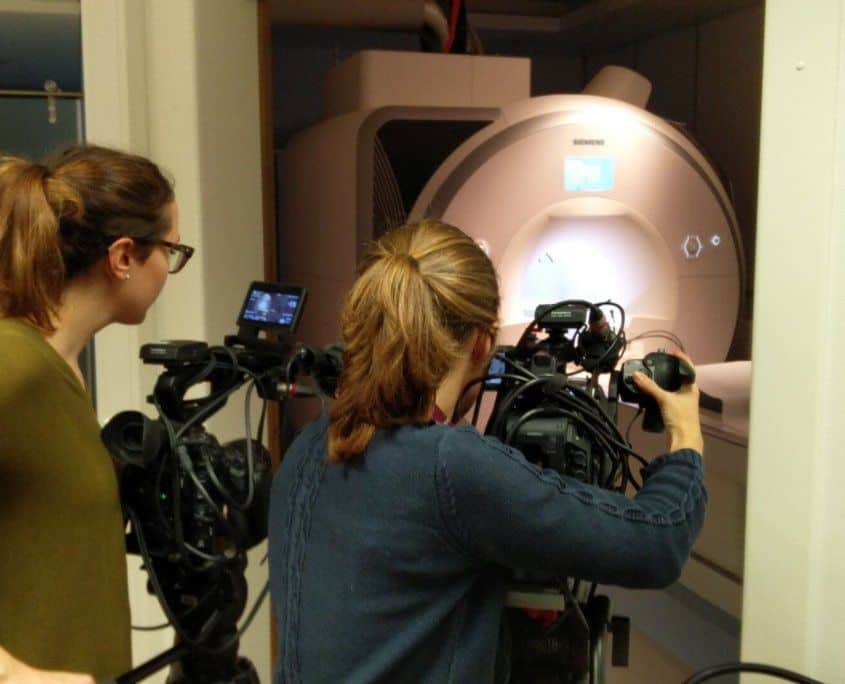
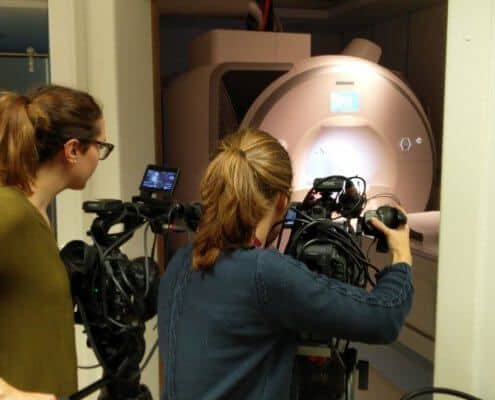
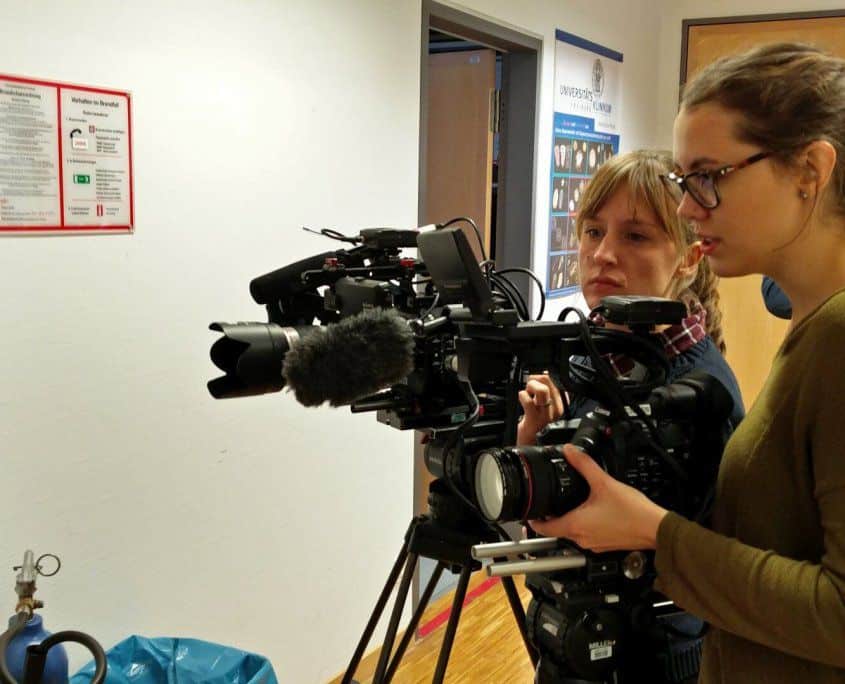
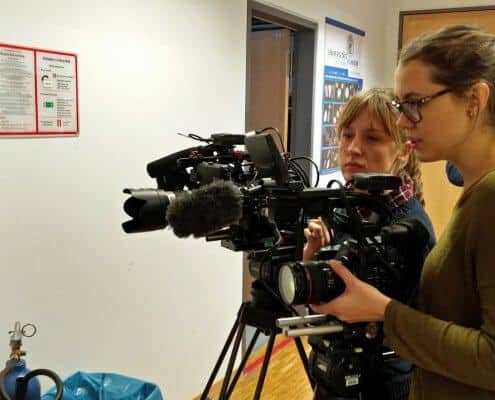


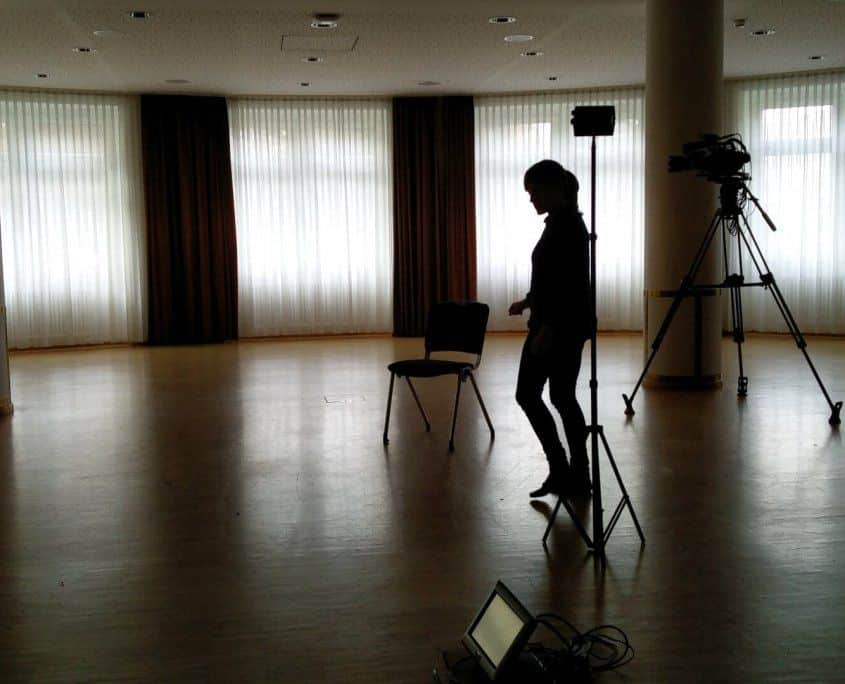

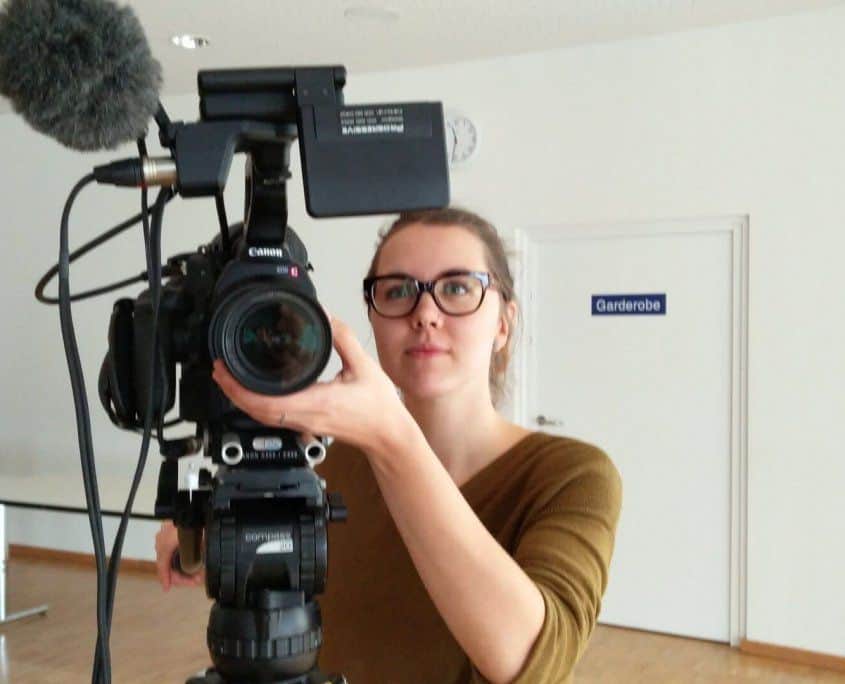
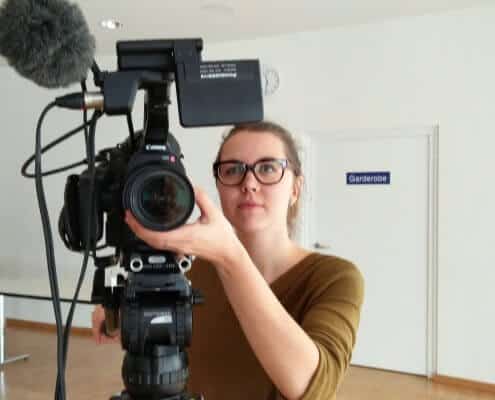






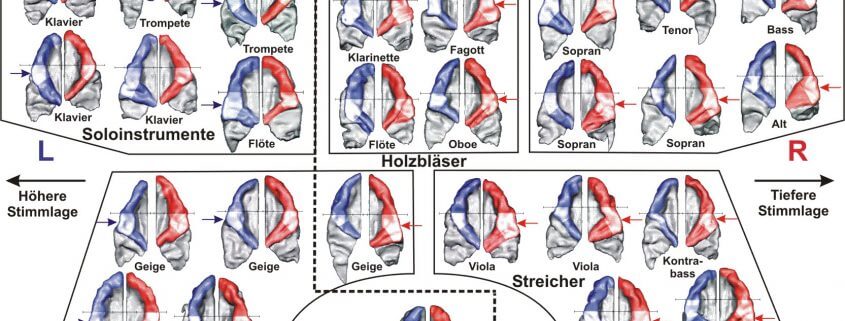
Recent Comment